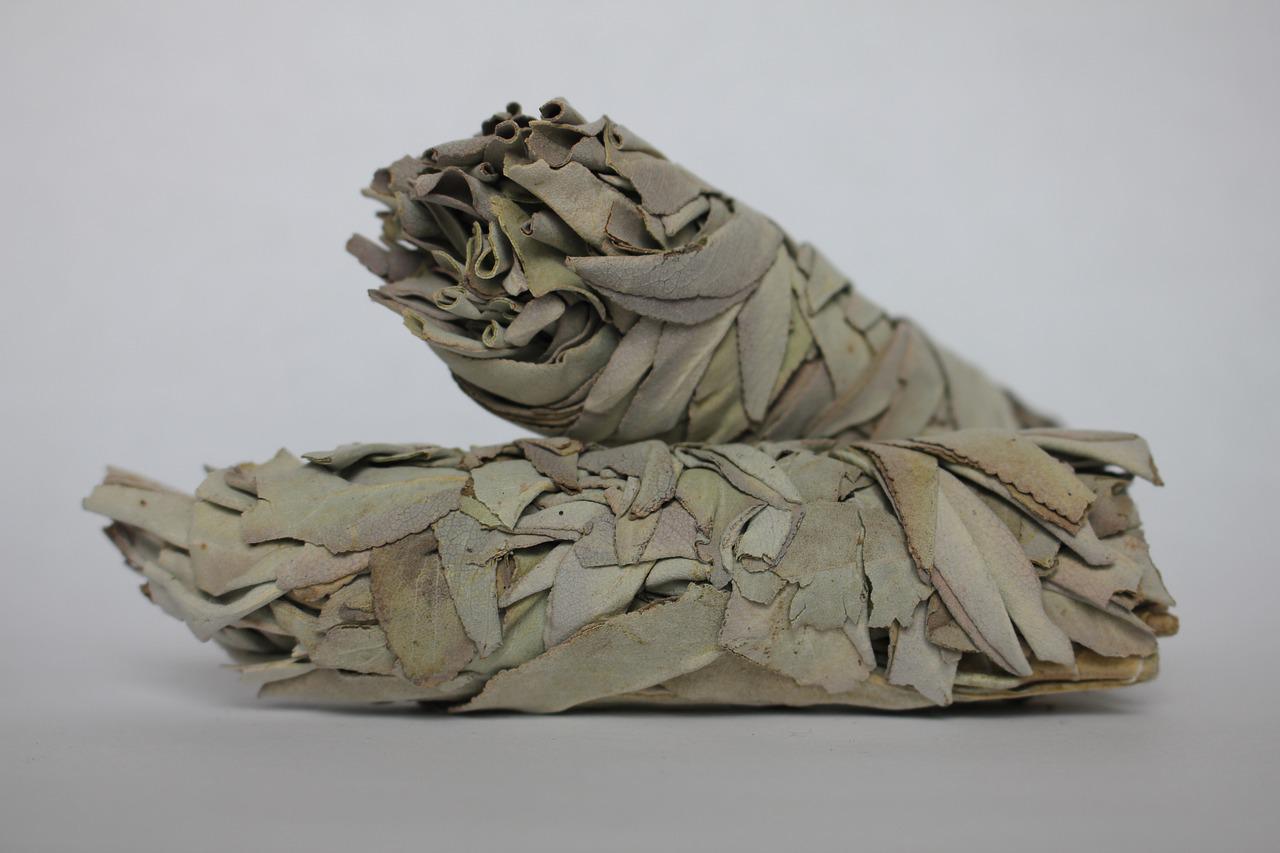When I was at university, my housemates used to joke about me being that kid from ‘Sixth Sense’. I was…weird. I saw things they didn’t, I knew things I shouldn’t have known, and I did things that scared them. A good example of this was the time I described my housemate’s dream that she’d had the night before.
“Hey, I had a weird dream last night and you were in it, it went like this…”
Her white sheet face and stuttered “How did you know?” before she left the room let me know what had happened. The next day she left for home and came back a few days later wearing Catholic blessed metals. I’d scared her.
But although that kind of thing was funny by the time I was at university, it was anything but funny as a child.
Childhood
Regular readers will know that I have a bit of an atypical background in that my father’s side of the family were/are spiritualists. My father once told me that ghosts were more likely to pester me because people that can see stand out like bright lights in a dark landscape. It sounds poetic, but it didn’t make it somehow easier or less scary as a kid when the dark got ‘fuzzy’ and ‘pixellated’, and that preternatural cold rolled in.
And it was always in the western corner of my room too, which probably isn’t a surprise for those of you that know a thing or two.
Having a dog made it easier, I soon learned that the dog would leave the room before the fuzziness and cold. My cairn terrier crossed with a Bedlington terrier became a sort of early warning system, and when I was around 13 or 14, I took up witchcraft as a way to give myself some tools for dealing.
This brings us back to the present day and a situation that affects a number of parents in my group of friends.
Motherhood
Two nights ago, while helping my husband to build a hutch for the living room, we were disturbed by the sounds of our shrieking toddler over the baby monitor. As I was less engaged in the project, I went up stairs to (or so I thought) simply rock her back to sleep or maybe give her something to drink. But when I got there, the atmosphere was strange, and her room was darker than dark. I could barely see my way to the rocking chair in spite of the light on in the hallway.
Snatching her up, I tried to calm her by singing and rocking her while I went through the usual ‘oh you’re just imagining things’, and ‘but it feels nice in this house’. But my toddler kept looking at the darkest part of the room with fear while screaming and the dog wouldn’t come in. Whatever was there felt alien – not in the ET sense of the word, just ‘far removed from human’. I’ll use the word ‘wight’, because it’s easier, and before anyone gets hysterical about ‘demons’ and ‘evil’, it wasn’t anything as dramatic as that.
The idea of lullabies-as-spells has intrigued me for years – ever since I read a theory that the ‘vouch-pledges’ that Gudrid sang/chanted for Thorbjorg Little Volva were possibly used as lullabies for her to preserve the songs.
I like to think that I would have been better prepared for this eventuality before I became a parent, you know, given my background? But it was in that rocking chair with that darker than dark presence with my frightened toddler in my arms that I came upon the idea of turning spell songs into lullabies.
I sing all the time at home. My own personal magical practice is filled with songs, songs to drive out, songs to bless, songs of worship. Songs to pull kicking and screaming, and songs to repel.
So I sang, I began with an song in Old English of driving out and the room got lighter. I sang a song of protection and the dog returned to lay at my feet, and then I sang prayers. By the time I was done, the room was calm and the toddler was happily snoring.
The Morning After
Yesterday, I saw whatever it was in the upstairs hallway. It was strange, its shape was unfamiliar, and almost animal in presentation. Later that day, my husband asked me if I’d felt or seen anything weird knocking around upstairs. Our house backs onto a forest, in which there is a creek that leads to the Patuxent river, this shouldn’t be a surprise that something may have found its way from there -especially if my daughter shares in the family ‘trait’. If my dad is right, they would have followed that bright little light and come to see what it was, and this thing was curious.
I have faith that the ancestors and Cofgodas of my home won’t let harmful in, but I put iron in my daughter’s room all the same and made offerings to the Cofgodas amending my prayers that they also keep out things that feel downright weird and alien. Today things feel normal again, but I’ll probably mugwort and salt my home for good measure.
This has made me worry a little though. I don’t want my daughter to spend as many nights afraid as I did as a child. It doesn’t matter if something is ‘good’ or ‘bad’, or ‘not harmful’, as a kid, it’s strange and *still* scary. It takes time, practice, and support from good people to not be afraid when the usual signs of something coming begin, and the only exception I’ve seen to this are ancestors. I want her to have the tools to deal with whatever she may encounter, but she’s so small right now and too young to be taught.
The Parental Dilemma
When I was seventeen, I had a brush with what I would call ‘evil’. As always, this thing appeared in the West as a grey mist – after about an hour of this building sense of malice. I ran to my dad for help and got to see his face change completely from what I recognised to one I didn’t know. My dad wasn’t so much in charge of what he did as saw himself as an instrument of ‘Spirit’. His trances could be quite involved, but this was the only one I’ve ever seen him change so completely and gain features that weren’t his own – not to mention his voice, the timbre of which I still remember to this day as he said “Leave us!”.
Later that same week, while visiting with a friend, I found myself outside a locked, empty room, with furniture somehow moving around inside it.
That week was one for the books.
I want to spare her those kind of weeks and those kind of nights. I want to teach her so that she feels empowered and safe – well, as safe as you can really when it comes to stuff like that.
But in spite of my experiences as a child, and being far more proactive in my work than my father, I find myself , just like my friends who also deal with this, wondering how to go about it. No one writes books about child development and how it relates to teaching witchcraft. I mean, at what age can a child effectively visualise well enough to construct protections, and although I’m sure my stubborn toddler has the Will bit down, when will she gain the focus to consistently apply Will? How do you discipline a child that then takes the things you teach them and turns into an asshole with other kids or adults? What is an ideal model for gradually exposing your child to various types of wights so that they can gain confidence and not be afraid? What type of wight should you seek out or pull in first?
And once again, I find myself wishing my child came with a manual. Sound familiar?

 and bending a knee to the Holy Powers is rare. We typically laud simplicity and mostly veer away from scripted rituals , when all the evidence from other Indo-European cultures suggests that not only did ritual involve the recreation of the cosmos in ritual space, but that once that cosmos was recreated, great care was taken over what words were spoken within that space.
and bending a knee to the Holy Powers is rare. We typically laud simplicity and mostly veer away from scripted rituals , when all the evidence from other Indo-European cultures suggests that not only did ritual involve the recreation of the cosmos in ritual space, but that once that cosmos was recreated, great care was taken over what words were spoken within that space.


 me. My first use of fiber arts for the sacred was embroidered pieces dedicated to deities, magical house protections incorporating the ALU charm, and shrines that could be folded away.
me. My first use of fiber arts for the sacred was embroidered pieces dedicated to deities, magical house protections incorporating the ALU charm, and shrines that could be folded away.











